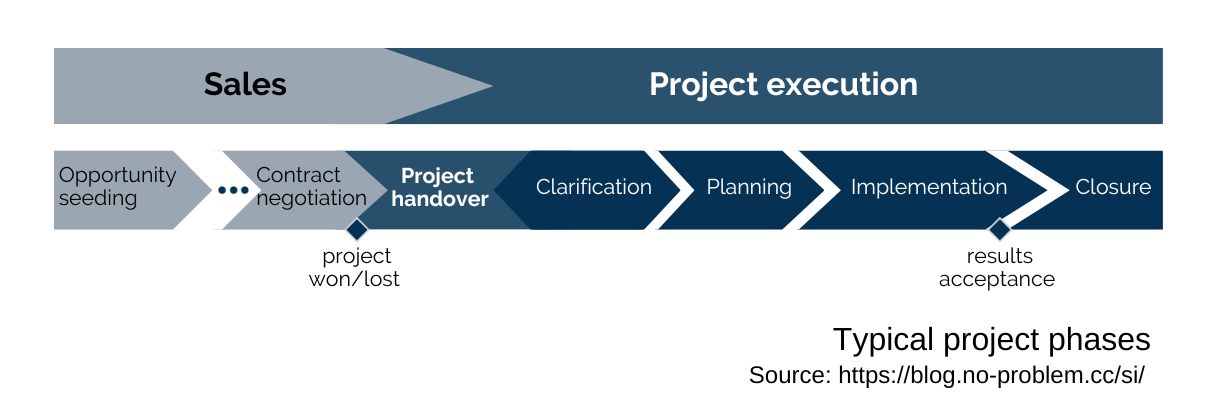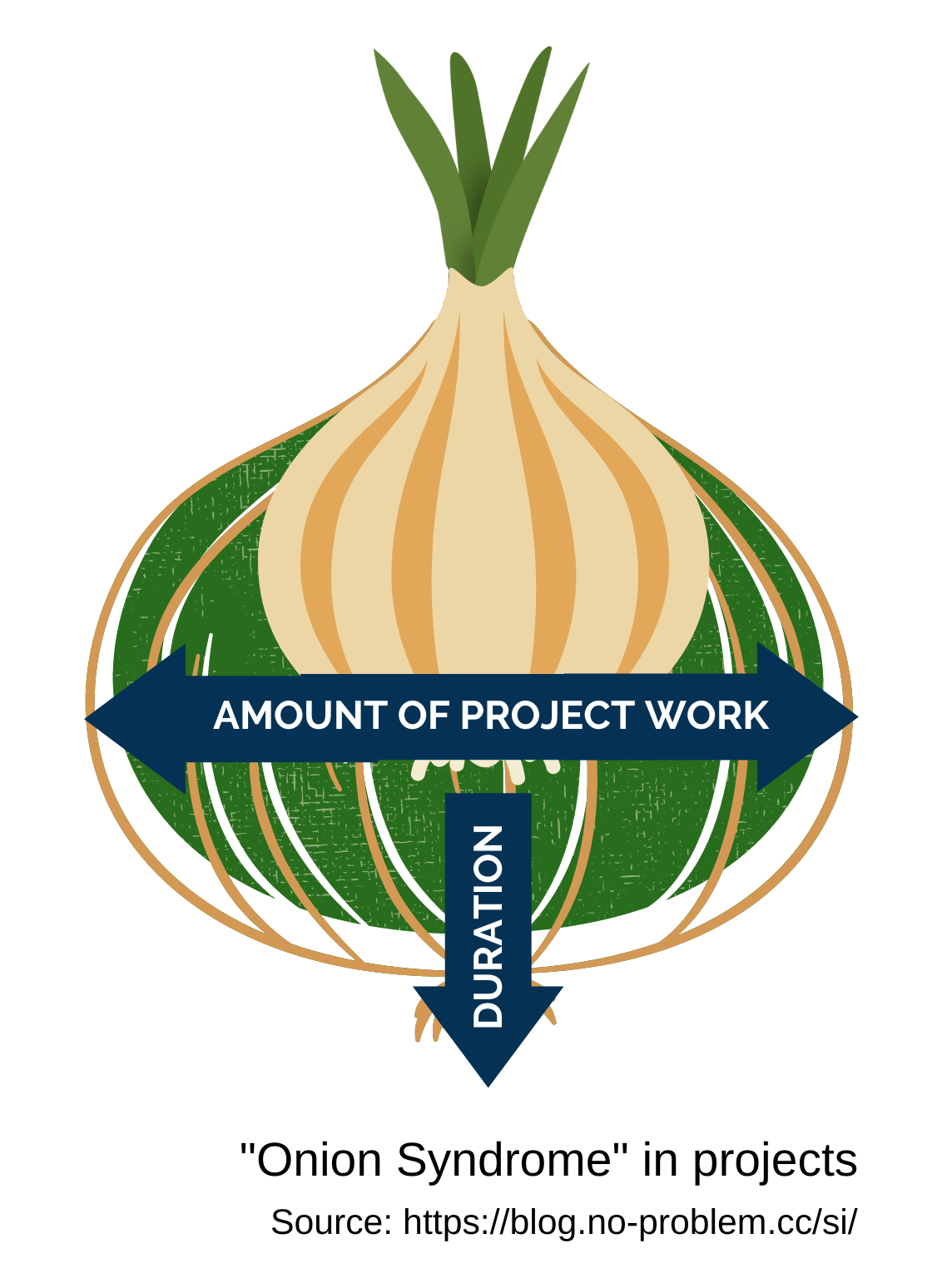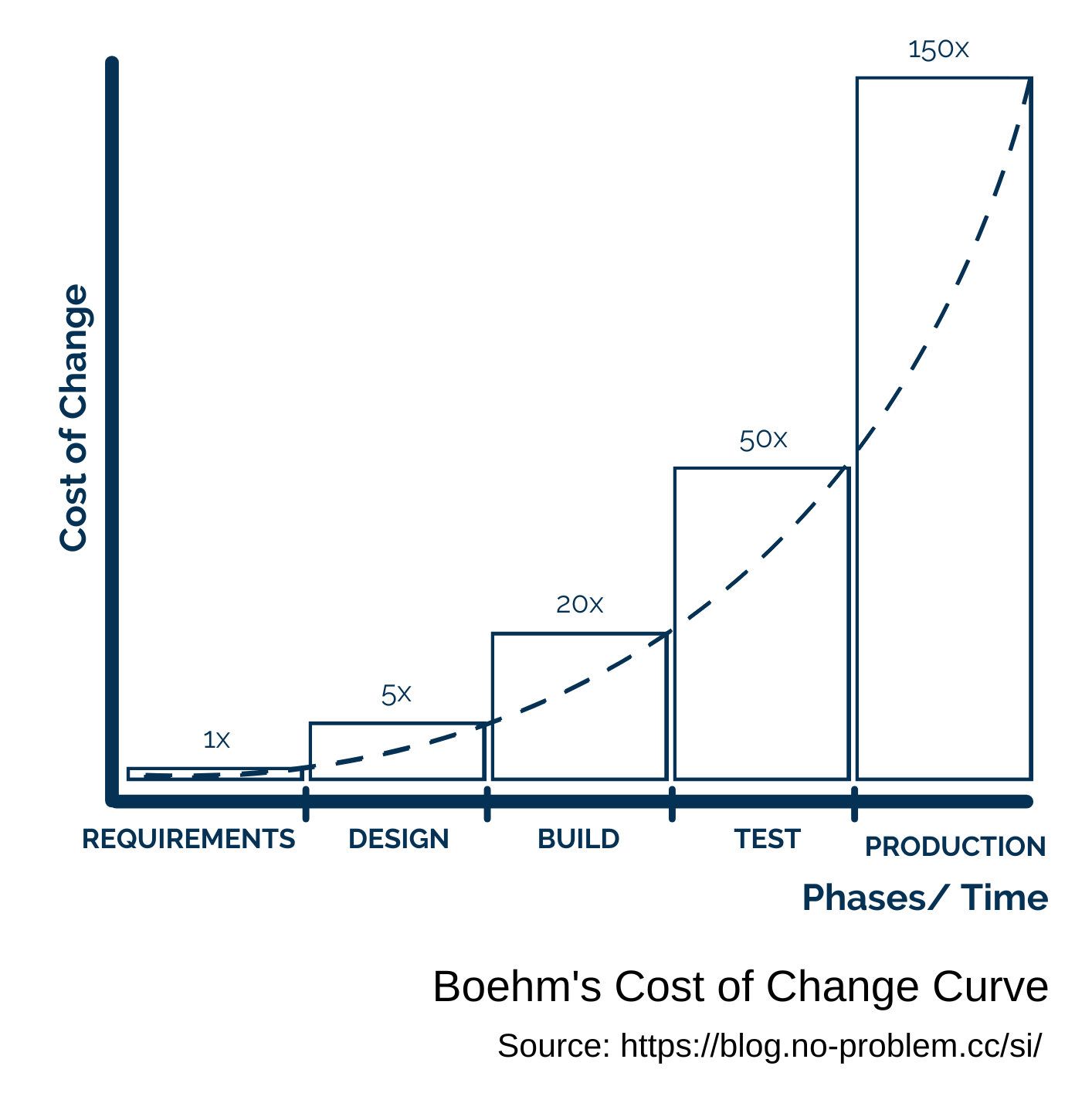5 Steps to Make a Successful Project
Professional project handling is a vital success factor for companies. In a time of economic instability, demographic challenges, potent climate change and green agenda, enterprises face the need for internal transformations, exploring new ways of working, and offering novel products and services for their clients. To hit these targets, companies, including those that never dealt with project business before, are forced to dive into project management. Their programs and initiatives have to be managed in an excellent, innovative, and responsible way in order to meet customer expectations and secure a competitive market position. To reach the desired operational excellence in projects, which in most cases is a key to profit and business growth objectives, processes are the starting point.
Start early
The initial project stage usually starts during the sales phase. It is well-known for companies that operate in project business. Their project management and sales teams work together to come to an amicable agreement on bids and order releases for projects. This is a highly desirable collaboration because the involvement of a project manager at a very early phase allows them to identify and report any potential risks before a contract is signed. A proper project handover is another cornerstone for a smooth project start. It might save a lot of time and money during the project phases. However, it is not rare that a contract is signed and a project suddenly appears in a backlog of a responsible department with no handover or briefing from the sales team. In an extreme case, a project can start without a project team or even an appointed project manager. This is a daunting situation and an enormous challenge to put such a project on track to meet the requirements set in the contract.

Clarify the picture
For internal projects where solutions and services are provided by an organizational unit within a company and project outcomes are to be used internally, the initial stage opens with the clarification of a business case with a scope, time frame, budget, high-level risks, resources, and requirements. Besides these critical aspects, it is also required to set clear project goals and objectives, define acceptance criteria for deliverables, and identify stakeholders.
Plan ahead
It does not matter whether a predictive, adaptive, or hybrid approach better suits a project, planning is a core pillar for its success. Project planning reduces uncertainty, alarms at an early stage of a possible scope creep, and provides a reliable ground to avoid an “onion syndrome” in projects.
 The first planning activities are started during an initial project kick-off meeting and followed by an in-depth clarification of the required amount of work; elaboration of a work breakdown structure; definition of a project organization in terms of roles and functions required to fulfill a project’s tasks; reliable estimation of project phases’ durations, costs, resources, and associated risks. It is necessary to define the duration and dependencies of project works, sequence them, identify critical items, a delay of which can collapse the entire project schedule, and plan time reserves. Other important aspects of a project planning are related to stakeholder engagement actions, project communication, and risk management. The mastery of project planning assumes a healthy balance between detailing and generalization: precise and accurate for decisive aspects and shortened or simplified for those that pose a smaller risk and complexity for a project. The outcome of this phase is a thoughtful project plan—a solid base for achieving the desired project results.
The first planning activities are started during an initial project kick-off meeting and followed by an in-depth clarification of the required amount of work; elaboration of a work breakdown structure; definition of a project organization in terms of roles and functions required to fulfill a project’s tasks; reliable estimation of project phases’ durations, costs, resources, and associated risks. It is necessary to define the duration and dependencies of project works, sequence them, identify critical items, a delay of which can collapse the entire project schedule, and plan time reserves. Other important aspects of a project planning are related to stakeholder engagement actions, project communication, and risk management. The mastery of project planning assumes a healthy balance between detailing and generalization: precise and accurate for decisive aspects and shortened or simplified for those that pose a smaller risk and complexity for a project. The outcome of this phase is a thoughtful project plan—a solid base for achieving the desired project results.
Keep on track
Implementation is the longest and often the most dynamic phase of a project. It entails the examination of the viability of different aspects of planning against reality and multiple revisiting of the previous phase for tuning a workable project plan. Besides consistent supervision of work progress, it is crucial to identify any deviations from a project timeline or objectives as early as possible to design, evaluate, and implement corrective actions.
 As a rule, the costs of postponed changes are increased exponentially over time. To avoid this situation, a project manager has to drive necessary changes, take in-time decisions, permanently audit the stakeholder landscape, maintain internal and external project communication, and trace risks. Focusing on essential items and rational monitoring of others usually yield a successful project completion and acceptance of its results by clients.
As a rule, the costs of postponed changes are increased exponentially over time. To avoid this situation, a project manager has to drive necessary changes, take in-time decisions, permanently audit the stakeholder landscape, maintain internal and external project communication, and trace risks. Focusing on essential items and rational monitoring of others usually yield a successful project completion and acceptance of its results by clients.
Tighten loose ends
The last but not least phase is a project closure. During this phase, all open points should be worked off; project results, the way of its execution, and lessons learned are to be discussed. The desired output of this phase is ideas of how and what can be made better in the next project, and what processes’ improvements can be implemented.
A well-thought-out setup of processes with a standing focus on continuous improvement is the prerequisite for getting stable results. It targets delivering excellent performance to customers, lowering risks, and maximizing outcomes. In project management, processes are the starting point and one of the core elements, but they are not a magic pill that guarantees the achievement of outstanding project results. The art of project management incorporates, but goes far beyond processes.
Read this article on LinkedIn

